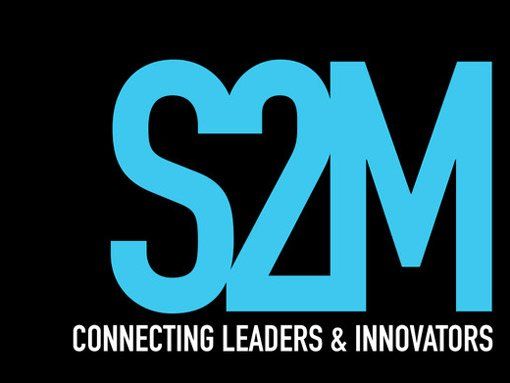Why prioritising continuous learning in your workplace culture matters - and how to achieve it
In today's rapidly changing world, staying competitive and innovative is paramount for any team. From Lunch and Learns to embracing technological advancements, we will explore practical strategies and insights that can transform your workplace into a hub of ongoing growth and development.

In today's fast-paced and competitive world, the concept of continuous learning has evolved from a buzzword into a necessity. Workplaces that foster a culture of continuous learning empower their employees to acquire new skills, share knowledge, and grow professionally. We discuss the significance of continuous learning and offers practical guidance on establishing a thriving learning environment within your company.
Why Continuous Learning Matters:
Continuous learning is not merely a trend; it's a strategic imperative. More often than not, employee benefits now include learning and development programs. Company's are making room in the budget for training and continous development. In a world where markets evolve rapidly, innovation is the currency of success, and competition is fierce, a learning culture is the key to staying relevant and ahead. Here's why it's crucial:
- Alignment with Goals: Continuous learning should align with your company's vision, mission, and goals. When employees understand how their learning contributes to the company's success, they are more motivated to engage in the process.
- Curiosity and Feedback: Encouraging curiosity and providing constructive feedback create an environment where employees feel safe to explore new ideas, experiment, and learn from their mistakes. This fosters personal and professional growth.
- Variety and Flexibility: Recognising that different individuals have unique learning preferences and needs, offering a variety of learning methods and formats ensures accessibility and engagement. Flexibility empowers employees to choose their learning paths.
- Collaboration and Sharing: By promoting collaboration and knowledge-sharing among employees, organisations can tap into the collective intelligence of their workforce. Learning from peers, exchanging ideas, and mentoring each other leads to more profound insights and innovation.
- Modeling and Reinforcement: Leaders play a crucial role in fostering a learning culture. When leaders model a commitment to learning and integrate it into the organisational fabric, it reinforces the value of continuous learning for all employees.
Practical Tips for Creating a Culture of Continuous Learning:
- Identify Learning Gaps: Start by assessing your employees' skills and knowledge gaps. Encourage them to participate in personal development planning and skills audits. This helps create a learning mindset and ensures that learning is tailored to individual needs.
- Prioritise Learning: Make it clear that learning is a top priority within your company. Incorporate learning into your onboarding process for new employees, setting the tone from day one.
- Encourage Learning: Create a culture where employees are encouraged to set aside time for learning. Ensure easy access to learning resources and consider incorporating informal learning opportunities like masterclasses and discussions with colleagues.
- Recognise and Reward: Acknowledge and reward employees for their learning efforts. Publicly recognise their achievements and contributions to the learning culture. Recognition reinforces motivation and commitment.
- Provide Effective Feedback: Offer continuous feedback on employees' learning journeys. Monthly masterclasses, one-on-one discussions, or performance reviews can be platforms for constructive feedback.
- Lunch and Learns: Create a deliberate initiative, carving out dedicated time for team meetings focused on knowledge sharing, learning, and open discussions.
The Benefits of a Continuous Learning Culture:
Building a culture of continuous learning is an investment that yields substantial returns. Deloitte's research highlights the advantages of such a culture:
- First-to-Market Advantage: Organisations with a learning culture are 46% more likely to be first to market with innovative solutions.
- Increased Productivity: Continuous learning contributes to a 37% increase in productivity.
- Enhanced Innovation: These organisations are 92% more likely to innovate, staying ahead in rapidly evolving industries.
- Retention: Employees are less likely to leave organisations that prioritise their professional development.
Incorporating continuous learning into your workplace is no longer an option but a necessity. It's a strategic imperative that drives innovation, enhances productivity, and ensures competitiveness. By identifying learning gaps, prioritising learning, encouraging employees, recognising their efforts, and providing effective feedback, you can build a thriving culture of continuous learning that propels your team toward sustained success.





